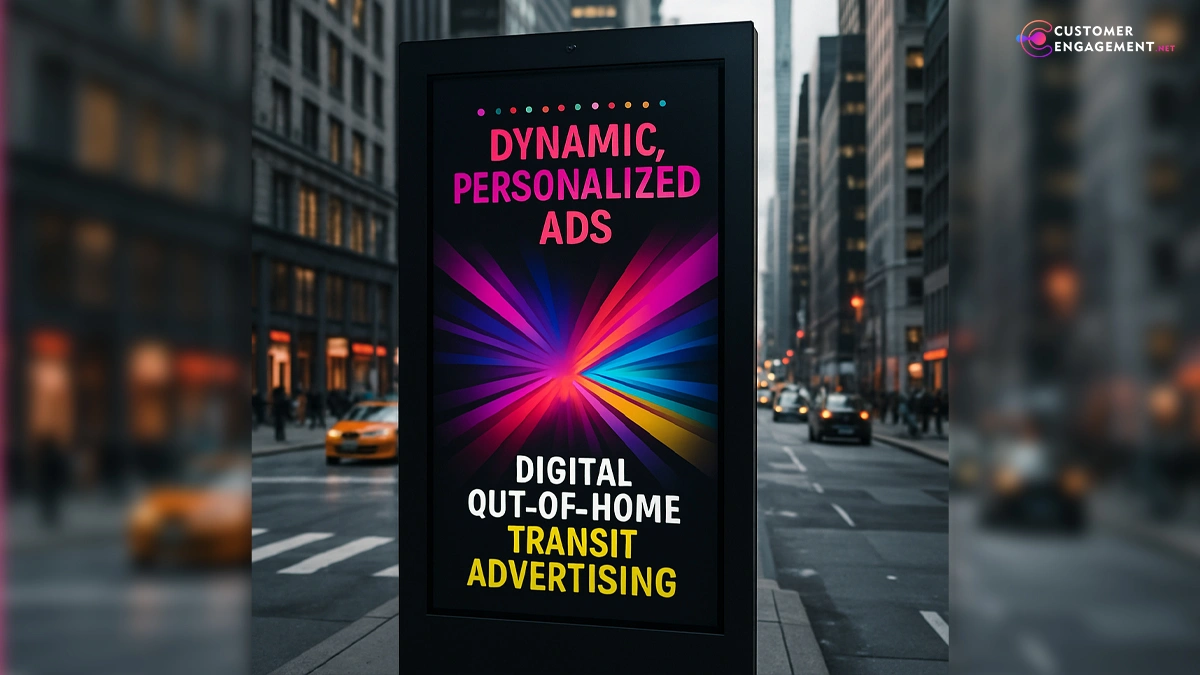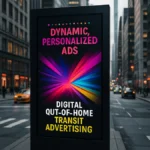
Explore how real-time digital out-of-home (DOOH) technology, AI, and interactive features transform transit advertising in 2025 for personalized, location-based brand engagement.
Transit advertising has fully embraced real-time abilities, thanks to the advancements in digital out-of-home (DOOH) technology and data analytics. Through dynamic digital screens on a variety of transportation modes like buses, trains, and transit shelters, modern transit ads can swiftly switch messages depending on location, time of day, weather conditions, and current events. This allows brands to deliver personalized content that resonates with commuters at the precise moment they encounter the ad.
AI is critical in the analysis of live data streams, such as commuter demographics and traffic patterns, to optimize campaigns for maximum impact. In addition, geofencing and GPS are utilized by marketers to activate targeted ads when vehicles pass through designated areas, ensuring precise local engagement.
Additionally, incorporating interactive components such as QR codes, NFC tags, and augmented reality into transit ads enables passengers to interact directly using their smartphones and provides tangible means of tracking engagement. As the implementation of intelligent transportation systems expands in urban areas, transit advertisements are being seamlessly integrated into all-encompassing omnichannel campaigns, effectively synchronizing with mobile and online advertising for a cohesive brand journey.
The advancement of transit advertising has made it a strategic powerhouse for brands looking to engage with city dwellers in dynamic, current settings, all while promoting sustainability and technology-driven innovative approaches.
















